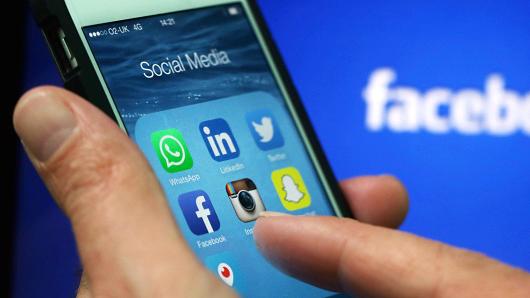The 2016 Digital Efforts of the GOP
In 2003, former Vermont governor Howard Dean unintentionally transformed the way politicians campaigned. While Howard Dean’s presidential dreams never fully got off the ground, his digital efforts rewrote the political playbook from front to back. From 2003 on, the campaign world would never be the same and five years later, Barack Obama would refine the groundwork laid by Dean and his tech team, creating an election-sized gap between Republicans and Democrats for years to come.
After losing back-to-back presidential elections, Republicans took a step back and performed an election autopsy known as the Growth and Opportunity project. In the 97-page report, the GOP realized their messaging was off, their data was lacking, and, most of all, they were behind in the digital game. Vowing to correct the problem Republicans worked to implement solutions in order to be prepared for the next election cycle.
Two years later, the GOP emerged victoriously and ran the board against Democrats, taking control of both the House and the Senate. From data mining to building voter turnout models, the newly-minted landscape of the GOP’s digital efforts was in place and ready for a test run in 2014, with the main goal of being turnkey for both the party and candidates in 2016.
Heading into the 2016 presidential election, the GOP was prepared in ways they had not been in previous elections and their hard work paid dividends. One of the biggest takeaways from the 2016 election, in terms of digital efforts and technological capabilities, was the realization that the DNC was not sufficiently prepared for their dynasty candidate, Hillary Clinton.
In terms of digital efforts, the Democrats fell short and relied on the same playbook they had used for Obama. However, in the digital space, things change rapidly and, at times, move faster than the Autobahn, and what worked for Obama in 2008 and 2012 would not work for Clinton in 2016.
The concept is elementary, but where Democrats truly missed the mark was the fact they had created a system to elect one specific candidate, instead of a ground up operation, which would fit any type of candidate regardless of their ballot placement.
Even with a seasoned retail politician like Hillary Clinton, the Democrats failed to account for simple fact that she was not Obama. Aside from her scandal-laden campaign of which Clinton failed to get out from underneath, she was up against a candidate who dominated the Twittersphere as well as the news cycle.
While both Trump and Clinton vied for America’s attention on television and radio, Trump and the Republicans stepped up their game in the digital space, by using social media as a direct line to voters. Social-media-first proclamations became the norm in 2016 and candidates leveraged free platforms such as Facebook and Twitter to give voters an inside look into the campaign and candidates.
After suffering a string of losses and being largely written off as a party on the brink of extinction, the GOP proved in 2016 that they were the comeback kids, in terms of digital efforts and understanding how to connect effectively with voters. While the idea of campaigns relying on social media platforms and keyboard crusaders to help push out messaging seems a bit unorthodox, the reality is that social media is the new face of retail politics and in the words of Bob Dylan, “the times they are a changin’.”

